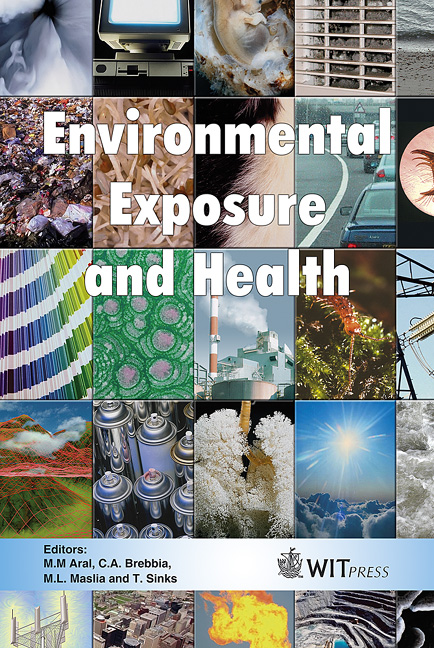Health Risk Analysis For A Contaminated Industrial Site: Pre And Post Remediation Scenarios
Price
Free (open access)
Transaction
Volume
85
Pages
10
Published
2005
Size
461 kb
Paper DOI
10.2495/EEH050331
Copyright
WIT Press
Author(s)
F. Cangialosi, G. Intini, L. Liberti, M. Notarnicola, M. Romanazzi & P. Stellacci
Abstract
Industrial contamination is one of the pressing environmental concerns facing the world. The latest approaches to the problem of contaminated site remediation focus on the risk assessment to evaluate potential adverse effects on human health and environment. This study presents the results of health risk estimations related to different remedial scenarios in an industrial site. A portion of Taranto Harbour was infilled with blast furnace slag and mill slag by a large steel plant located nearby to create approximately 36 hectares of land. Furthermore, a large portion of the site was used as a settling basin for wastewater coming from the steel plant, contaminated primarily by several by-products of coking operations; consequently, the environmental site assessment highlighted a severe contamination by heavy metals (arsenic, beryllium, cadmium, lead and vanadium), heavy hydrocarbons (C>12) and polycyclic aromatic hydrocarbons (PAHs) in soil and groundwater. Risk assessment was carried out either for the pre-remediation scenario or the mitigated scenario according to the site remediation project. The following transport mechanism were identified: wind erosion and dispersion of particles, surface soil and groundwater volatilization of organic compounds. A software tool, endorsed by the Italian Minister of Environment and relying on the Risk-Based Corrective Actions (RBCA) approach, was used for analyzing the occurrence of negative effects on human receptors (future workers) interacting with hazardous pollutants. Risk was evaluated for each exposure pathway and contaminant of concern. Pollutants that influence principally the total cancer risk (CR) value were benzo(a)pyrene, benzo(b)fluoranthene, benzo(a)anthracene and beryllium. Results showed that workers exposure to contaminated area led to a potential health risk of carcinogenic effects (CR≈10-3), while the hazard index, related to noncarcinogenic chemicals, was less than one. The analysis for the mitigated scenario suggested that cancer risk occurrence was below acceptable levels set by the Italian enforcing regulations, i.e. 10-6. Keywords: health risk analysis, contaminated industrial site, RBCA.
Keywords
health risk analysis, contaminated industrial site, RBCA.




